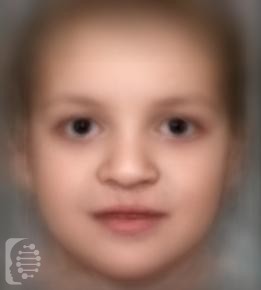What is Blepharocheilodontic syndrome (BCDS)?
Blepharocheilodontic syndrome is a rare genetic syndrome that affects mainly the eyes and teeth.
There are 50 cases identified worldwide to date making it a very rare disease.
What gene change causes Blepharocheilodontic syndrome (BCDS)?
Mutations in the CDH1 and CTNND1 genes are responsible for causing the syndrome.
The syndrome may occur as the result of a de novo mutation and is inherited in an autosomal dominant pattern.
What are the main symptoms of Blepharocheilodontic syndrome (BCDS)?
The main symptoms of the syndrome affect the eyelids, lips, and teeth of affected individuals.
These features include the exposed inner surface of the lower eyelids, as well as extra eyelashes. Generally, individuals have fewer teeth than normal and these teeth may be smaller as well.
Other physical features of the syndrome include widely spaced eyes, a flat face, and a high forehead. The syndrome may also affect the development of the nails.
How is it diagnosed?
To find out if someone has a diagnosis of Blepharocheilodontic syndrome (BCDS), it is important to have a consultation and evaluation with a clinical genetic specialist. Specialists may also suggest specific genetic testing or other types of tests to help reach a diagnosis. FDNA’s AI technology can help speed up the diagnostic process by analyzing facial features and other health information.

